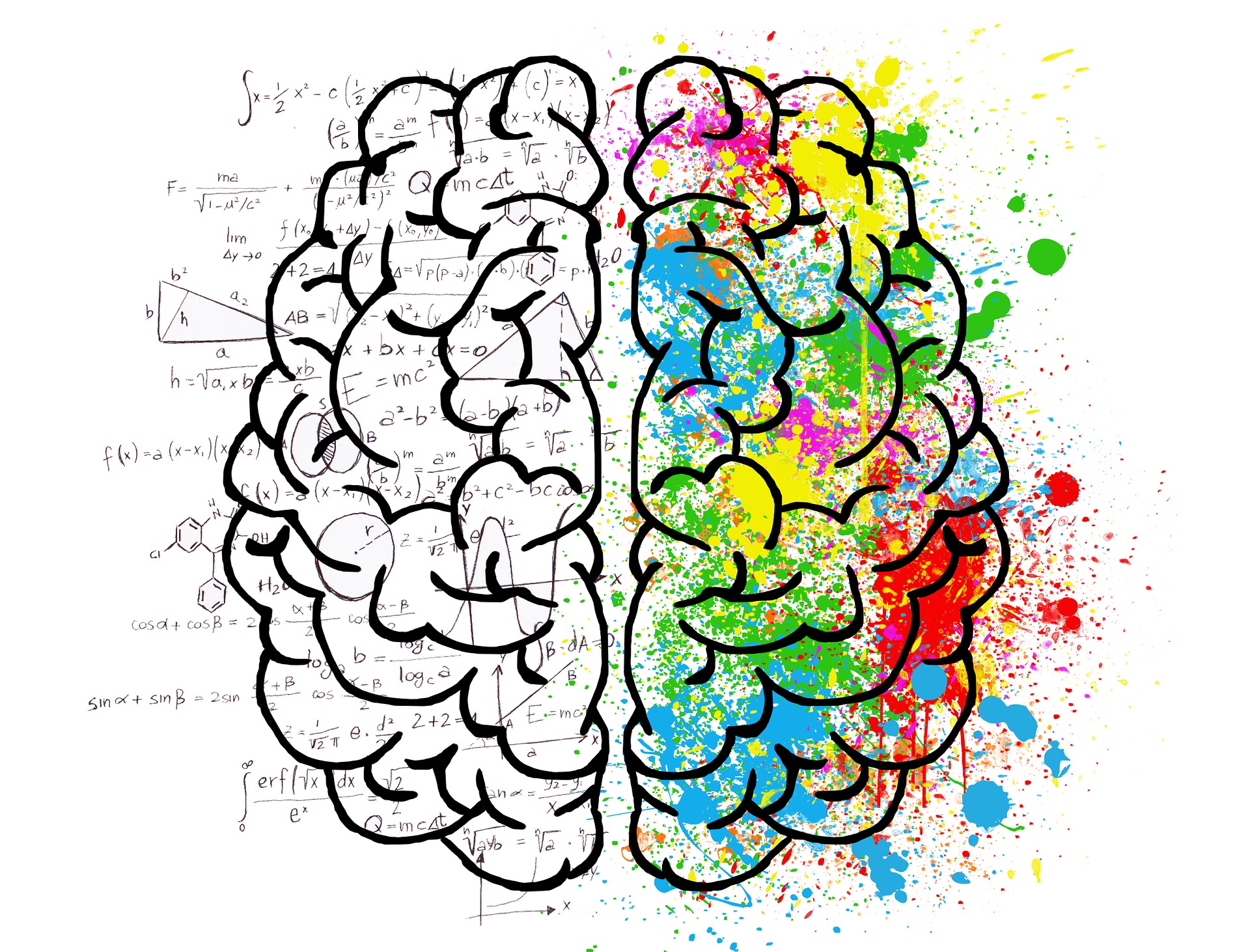For People Who Want to Better Structure a Presentation for Results
When we ask business presentation training participants to share their struggles related to important presentations at work, many tell us that the beginning of the process feels like chaos — with thoughts and ideas about what they want to tell their audience all over the map.
Creating Order from Chaos
To better structure a presentation for results, presenters must create order out of this chaos. The ancient Babylonians portrayed chaos as the dragon-like Tiamat, the Chaos Monster. To create our ordered universe, Tiamat had to be slain, and her body cleft in two, one-half forming the heavens and the other the earth.
To create a structure for your presentation, you will have to face your own “Chaos Monster” and, like an archer, master the organizational techniques that follow.
Three Basic Parts of a Business Presentation
The basic structure of a presentation is in three parts: Opening, Body, and Conclusion.
- Presentation Opening
Like the archer’s release of the arrow, the Opening of a business presentation should begin in silence as the archer takes a breath and centers himself. As the archer pulls the bow string back, potential energy gathers, and then “twang!” the arrow accelerates in an explosion of energy, sound, and speed. One moment — quiet; the next — a blur of action that demands attention.
When you stand to open your business presentation, center yourself like the archer. Allow a moment of silence as you visually connect with your audience. Focus on individual faces in the audience.
Let the silence build tension and audience anticipation. Then shatter the calm with something that demands that people turn their attention away from their private thoughts and tune into what you are saying. Use an opening technique — “a hook” — and deliver it with dramatic voice, gesture, and technique.
- Presentation Body
The arrow represents the Body of your presentation, as the arrow traverses the distance to reach the mark. It covers a vast space and carries your point home. The Body of your presentation is the longest segment of the presentation. Do not let it be dull or be seen as “rambling.”
Like an arrow, give the Body of your presentation a finely honed point — call it the central thesis or main takeaway sentence. Distill your entire presentation down to one sentence that encapsulates your point.
Explain clearly to the audience how everything you say is related to your central thesis. Use repetition to make sure the audience gets your point. Use segues like “Why is this important?” to clue the audience in to what you are about to reveal.
To give your presentation an arrow-sharp edge, write down each section of your presentation with this thought in mind: “What is my point and how does this idea support it?” If an idea doesn’t support your thesis, drop it. It belongs in another presentation.
Is there a story or metaphor that conveys that central point? Use that story by referring back to it frequently for real-world examples that illustrate your point. Drive the point home with the use of imagery that reminds us of your metaphor.
- Presentation Conclusion
The completion of your presentation is your target — a bull’s-eye — a great Conclusion. To avoid allowing your Conclusion to fall short of its mark, let the audience know when you are in the process of concluding by saying: “In conclusion…” or “What does it all mean?”
In addition to content, make sure your vocal inflection clearly signals the end of the presentation and not merely a pause. Write out your final sentence so your voice signals the concluding syllable (Usually the volume goes up in the last few words then down for the final syllable.). End with authority and certainty.
The Bottom Line
After the Opening, the Conclusion has the second highest impact of your presentation. It leaves the audience with the final impression of you and your message. Human beings seek completion and resolution. Without a clear Conclusion, audiences feel left hanging. Provide your audience a powerful sense of completion by crafting a strong Conclusion.
To learn more about being a better presenter at work, download How to Present to Senior Executives Like a Rock Star
